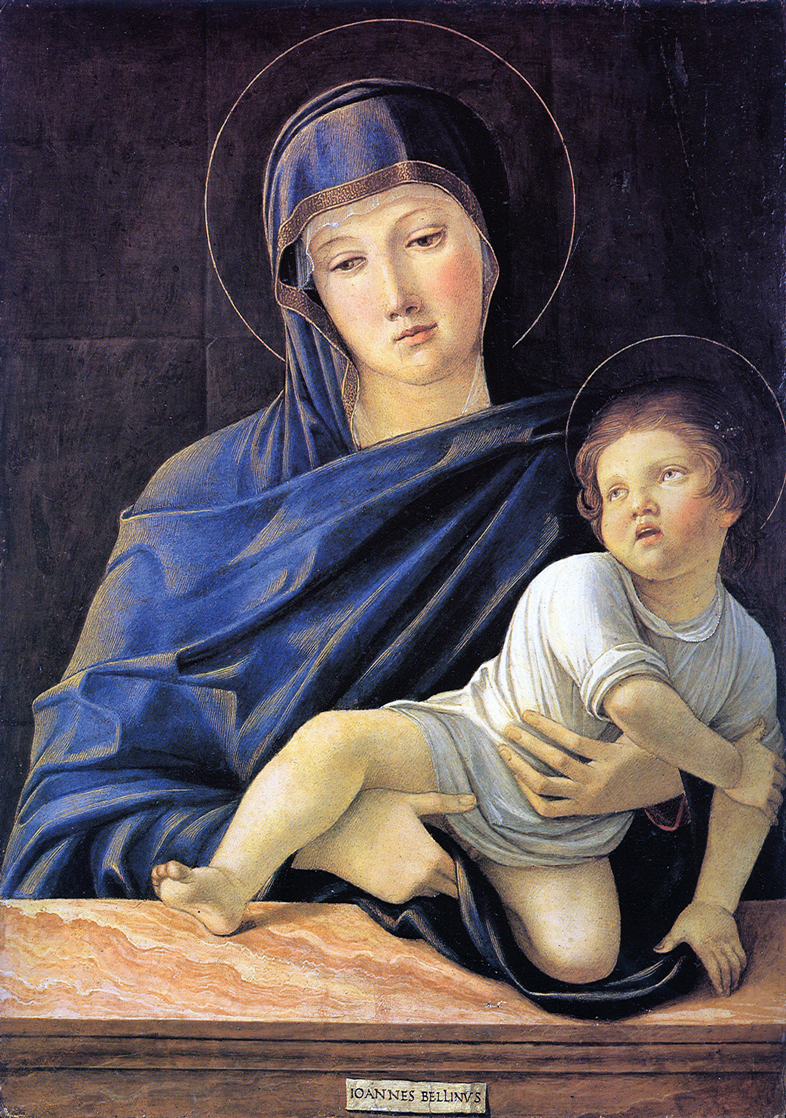Painting in Stone: Architecture and the Poetics of Marble from Antiquity to the Enlightenment
Fabio Barry
Yale University Press
As Fabio Barry’s subtitle explains, the range of his investigation – from antiquity to the Enlightenment – is daunting. What is more, that timespan is, if anything, an understatement, because we start out in the ancient Near East, move on to classical Greece and Rome, and then take in Hagia Sophia and Westminster Abbey in the middle ages, before reaching the Renaissance and the baroque – and eventually end up with the likes of Olafur Eliasson and Marina Abramovic in the here and now. Even so, the supreme merit of this compelling book is its extraordinary depth, not its enviable breadth, and the way in which it teaches its readers to see the familiar in a thrilling new light. The presence across the centuries of marble and a whole variety of precious and semi-precious stones in buildings and works of art, whether in actual or painted form, is something that I cannot be alone in having taken slightly for granted, assuming – especially in sacred contexts – that it was simply intended to complement the elevated status of the holy personages. I now understand there is so much more to it than that.

Lochis Madonna (c. 1475), Giovanni Bellini. Accademia Carrara, Bergamo
To give a specific example: the responses of medieval and Renaissance pilgrims in Constantinople to the Stone of Unction, upon which Christ’s body was anointed. Their conviction that it had not been dyed red by Jesus’s blood, but also stained white by the Virgin’s tears (in the words of one, ‘they seemed to me like frozen drops of water’), suddenly makes it blindingly obvious that the marble parapet in Giovanni Bellini’s Lochis Madonna in Bergamo is not a decorative adjunct but, on the contrary, foreshadows the Christ Child’s ultimate Passion. This is one snapshot among so many, drawn from the second half of the 15th century. Post Barry, countless old friends of all its different readers will have to be revisited, but that will be as much of a treat as reading this revelatory text.
David Ekserdjian is Professor of History of Art and Film at the University of Leicester. His most recent book is The Italian Renaissance Altarpiece (Yale University Press).
The Winners | Personality of the Year | Artist of the Year | Museum Opening of the Year | Exhibition of the Year | Book of the Year | Digital Innovation of the Year | Acquisition of the Year | View the shortlists














![Masterpiece [Re]discovery 2022. Photo: Ben Fisher Photography, courtesy of Masterpiece London](http://zephr.apollo-magazine.com/wp-content/uploads/2022/07/MPL2022_4263.jpg)
‘Like landscape, his objects seem to breathe’: Gordon Baldwin (1932–2025)